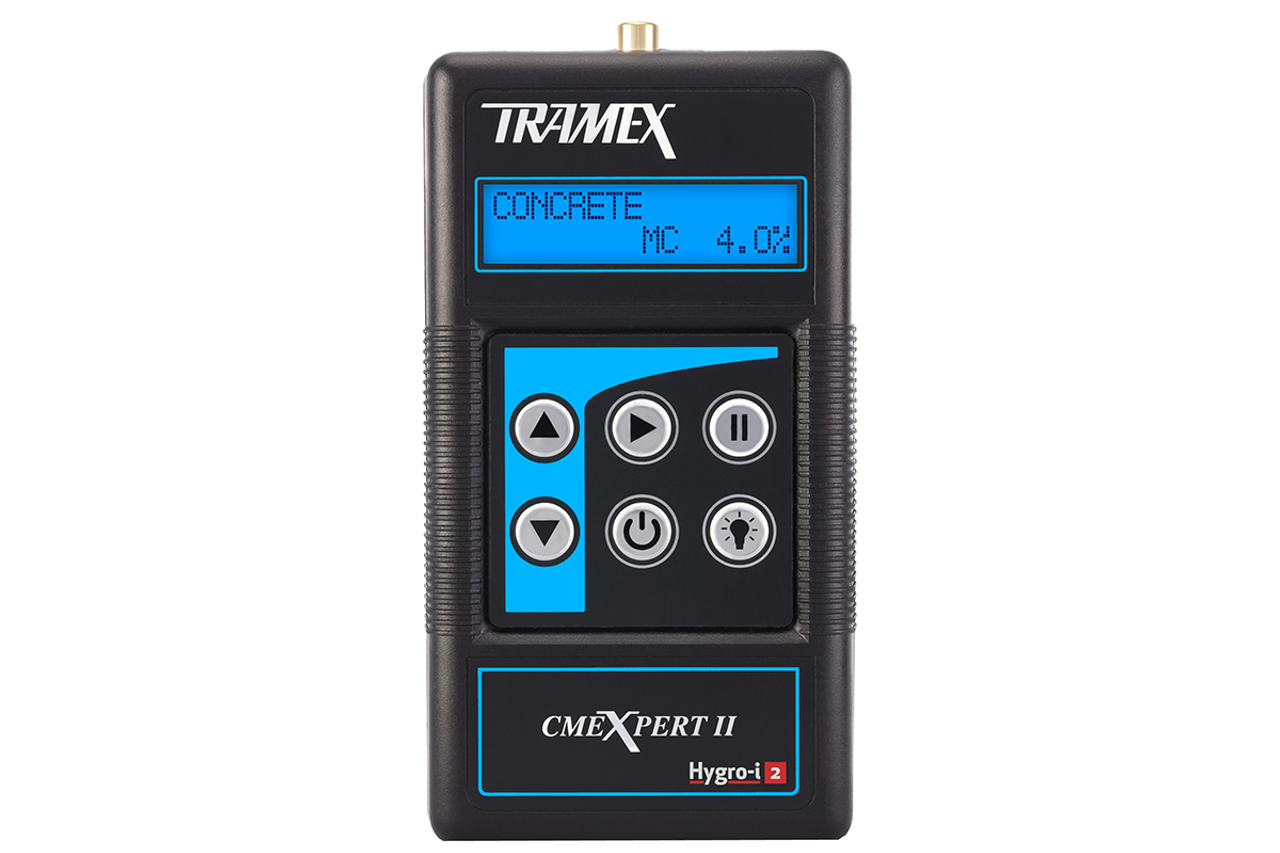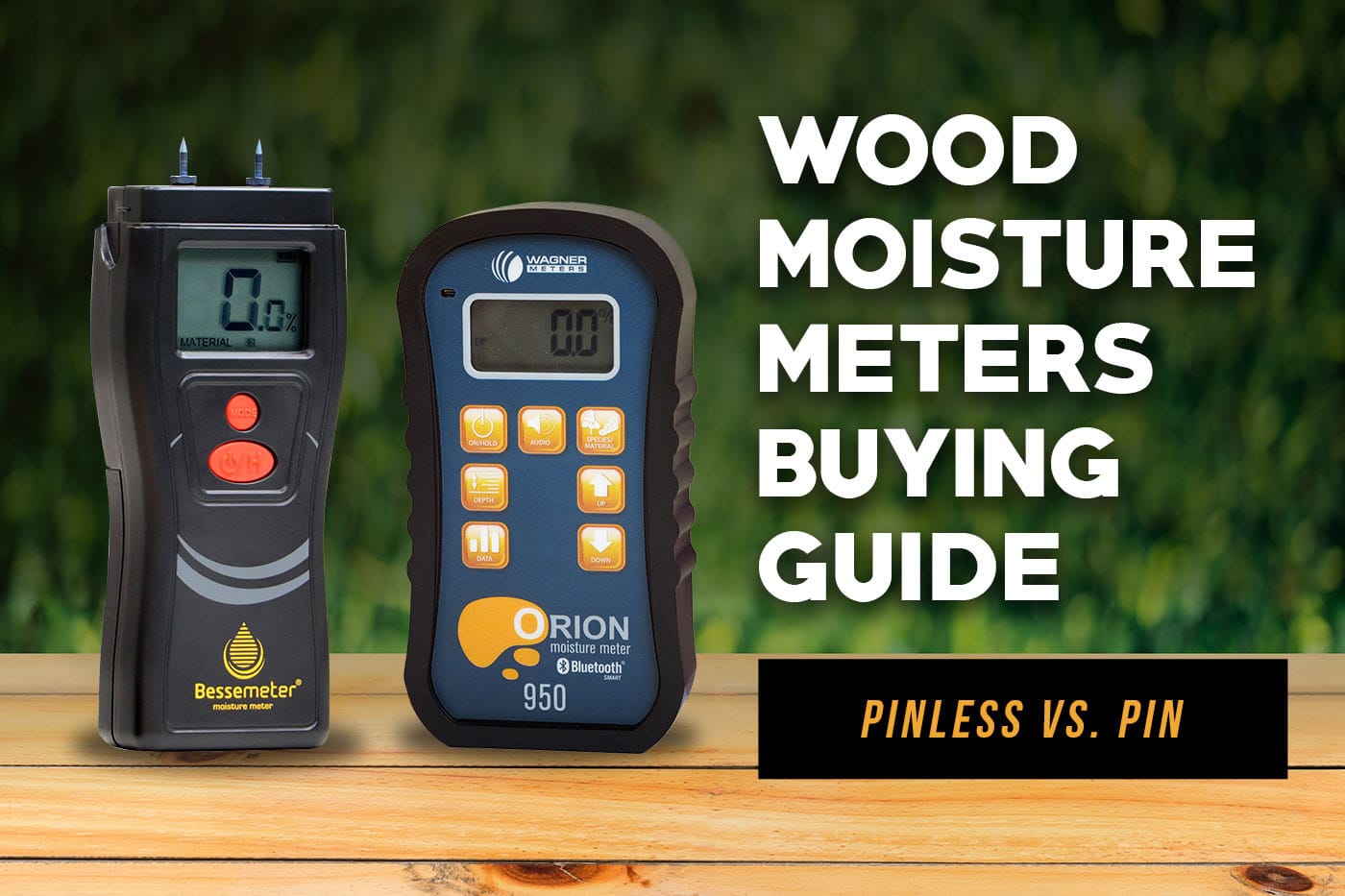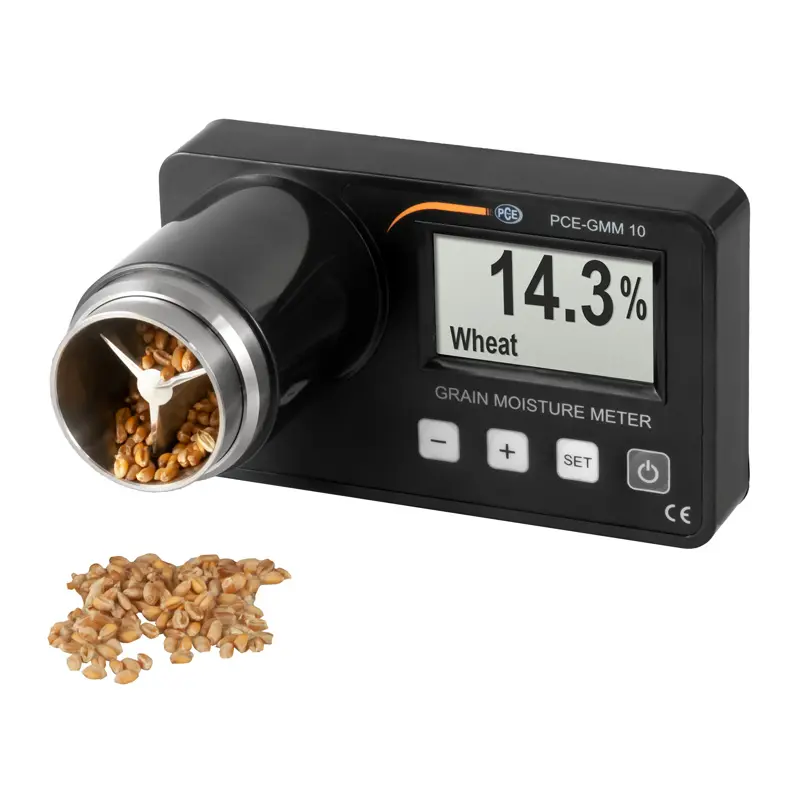Why Every Home Owner Demands a Moisture Meter: Key Advantages and Features
Why Every Home Owner Demands a Moisture Meter: Key Advantages and Features
Blog Article
Recognizing the Significance of a Moisture Meter in Stopping Mold and Water Damages in Your Home
In the world of home upkeep, the visibility of dampness can typically be a silent yet powerful adversary, efficient in triggering pervasive mold growth and insidious water damage if left uncontrolled. Amidst the relaxing atmosphere of a house, hidden dampness concerns can make under the surface, posturing a danger to both residential property and wellness. Geared up with the right devices and understanding, property owners can proactively combat these prospective hazards. Understanding the relevance of a dampness meter in this battle is not simply an option yet a strategic requirement.
Significance of Moisture Detection
Reliable moisture detection approaches are critical for safeguarding homes and protecting against prospective mold and mildew growth and water damage. Moisture can leak right into various structure materials, leading to structural issues and carcinogen. By using a moisture meter, home owners can proactively recognize locations vulnerable to excess dampness, enabling prompt treatment and mitigation techniques.
Moisture meters give precise readings of moisture levels in different materials such as timber, concrete, and drywall. This data aids in identifying areas of concern, even in hard-to-reach or surprise areas. Early detection of wetness build-up allows punctual repair services or changes to protect against further damages.

Exactly How Moisture Meters Job
Wetness meters play a crucial role in the proactive recognition of excess moisture, helping in the avoidance of possible mold and mildew growth and water damage by offering accurate readings of moisture levels in different structure materials. These gadgets function based upon various principles, depending upon their type. Moisture Meter. Pin-type moisture meters, as an example, have 2 pins that penetrate the product to gauge the electrical resistance between them. When dampness is present, it enhances the material's conductivity, causing a lower resistance reading. Pinless dampness meters, on the other hand, usage electro-magnetic sensors to scan the product without creating damages. These sensing units give off electromagnetic signals that penetrate the product and determine the dielectric residential properties, showing moisture material. Some advanced dampness meters pin both integrate and pinless innovations for detailed moisture discovery. Recognizing just how moisture meters feature is vital for prompt and precise moisture level assessments, enabling reliable preventive steps against mold and mildew and water damages.
Detecting Early Caution Signs
Upon first assessment of a property, identifying refined signs of excess wetness comes to be essential in the early discovery of prospective mold growth and water damage. Some common early indication include mildewy odors, water discolorations on ceilings or wall surfaces, peeling off paint or wallpaper, and distorted or blemished surface areas. Musty odors commonly suggest the visibility of mold or mold, also if no visible indications appear. Water stains can signal leakages or infiltration, while peeling paint or wallpaper may be a result of wetness jeopardizing the bond of these materials to the surface area. Deformed or discolored surface areas, such as buckling floorboards or stained drywall, are clear indicators of water damage. Additionally, a rise in allergic reaction symptoms or breathing concerns amongst passengers may suggest the existence of mold here are the findings and mildew due to excess moisture. By immediately determining and dealing with these very early warning indicators, house owners can alleviate the risk of considerable mold growth and water damages in their residential properties.
Protecting Against Mold Development
Identifying very early warning signs of excess dampness within a property not only allows prompt detection of potential mold and mildew growth and water damage yet likewise acts as a proactive procedure in protecting against the proliferation of mold and mildew. To properly stop mold and mildew growth, it is important to deal with any type of resources of dampness quickly. This can consist of repairing leaks in roofing systems, home windows, or pipes, making sure appropriate air flow in moist locations like restrooms and kitchen areas, and utilizing dehumidifiers in high-humidity areas. On a regular basis maintaining the building and inspecting's pipes, roof, and gutters can also assist in protecting against water invasion that could cause mold and mildew growth.
In addition to resolving moisture sources, maintaining indoor moisture levels listed below 60% can considerably prevent mold growth. Proper air flow, appropriate insulation, and using air conditioning system or followers can help manage interior moisture degrees. Keeping an eye on dampness degrees in locations prone to wetness, such as basements and creep rooms, using a dampness meter can also help in very early discovery of raised wetness degrees and potential mold growth. By taking aggressive measures to avoid excess wetness and mold growth, property owners can secure their home and indoor air quality.
Advantages of Regular Tracking
Regular tracking of dampness degrees in a property can play a critical duty in preserving a healthy and balanced interior setting and preventing potential mold and mildew and water damages. By regularly checking moisture levels, property owners can find any kind of concerns promptly and take necessary activities to avoid mold growth and water damage.
Furthermore, routine surveillance permits home owners to track patterns and fads in dampness levels gradually. By developing a baseline and tracking changes, people can identify any kind of why not find out more locations of worry or prospective susceptabilities in the residential or commercial property's structure. This data-driven approach enables targeted treatments and maintenance initiatives to attend to underlying problems before they escalate right into even more considerable problems. Ultimately, the consistent monitoring of dampness levels empowers property owners to safeguard their home, protect their health, and maintain the click to read more integrity of their interior atmosphere.

Final Thought

By using a wetness meter, residential or commercial property proprietors can proactively recognize locations susceptible to excess wetness, enabling for prompt treatment and reduction strategies.

Checking dampness degrees in locations vulnerable to wetness, such as cellars and creep rooms, making use of a dampness meter can additionally help in early discovery of raised wetness levels and potential mold and mildew development. (Moisture Meter)
Report this page